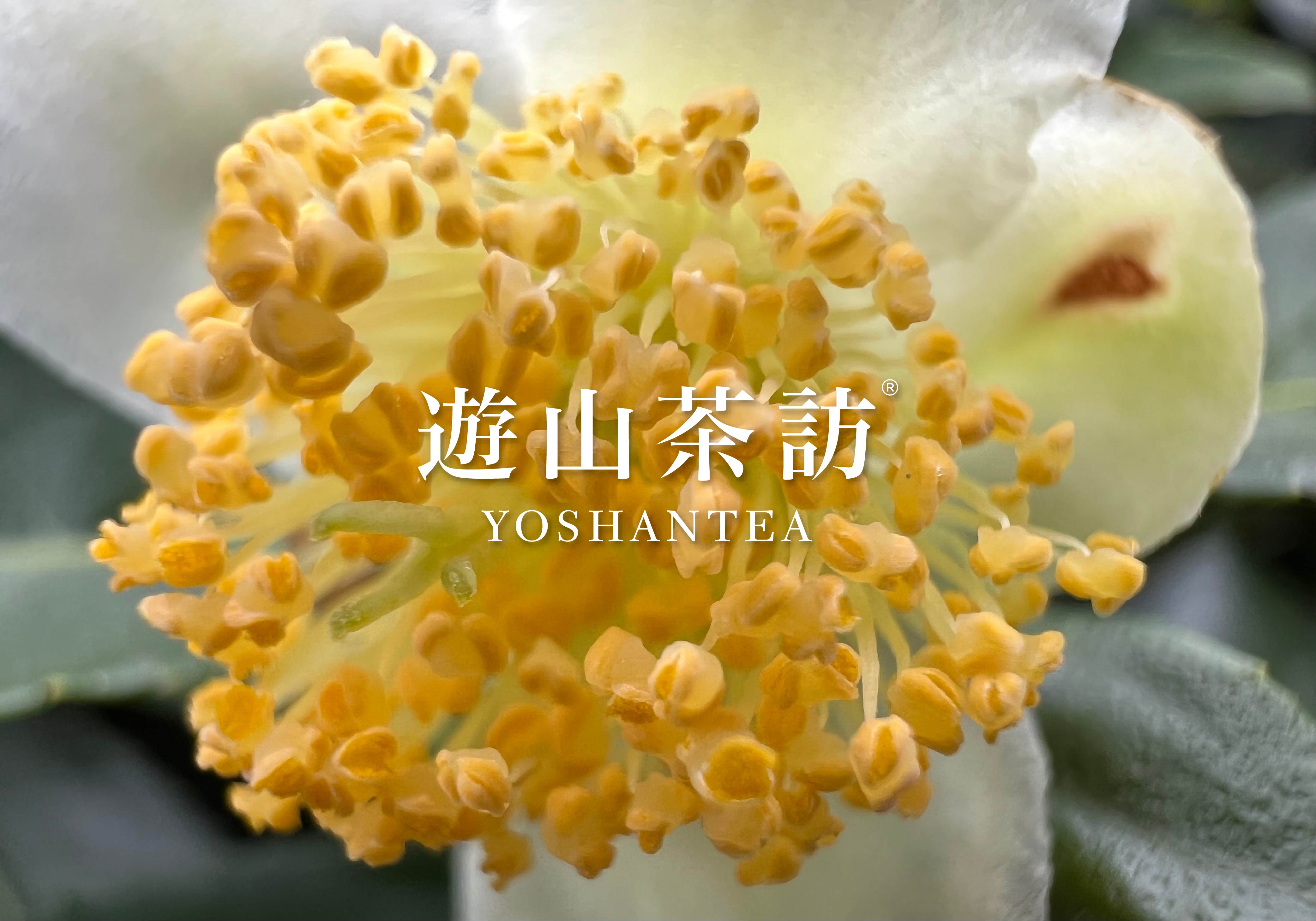Hello everyone,
I’m Andy, a tea lover.
Allergens are one of the potential hazards in food safety.
They may exist in everyday foods such as eggs, milk, nuts, and seafood.
However, tea leaves have never been listed as allergens in any food regulations around the world.
Does that mean we don’t need to care about the relationship between tea and allergens?
Let’s explore this topic together today.
What Is an Allergen?
An allergen is a substance that can trigger the human immune system to react.
When the immune system mistakenly treats harmless substances as “enemies,”
it can cause allergic symptoms such as redness, itching, or difficulty breathing.
In food safety management, allergen control is a crucial part of the HACCP and FSSC 22000 systems.
Its purpose is to prevent risks caused by cross-contamination.
Common Allergens
Depending on national regulations, common major allergens include:
Category | Examples |
| Eggs | Chicken eggs, duck eggs |
| Dairy | Milk, whey |
| Nuts | Peanuts, almonds, walnuts |
| Grains | Wheat, oats, barley |
| Seafood | Fish, shrimp, crab |
| Soy products | Tofu, soy milk, miso |
| Others | Sesame, mustard, shellfish |
Different countries define their required allergen labeling differently, for example:
- Taiwan: 13 major allergens
- Japan: “Specified raw materials” and “recommended labeling” categories
- EU: 14 mandatory allergens
- USA: 9 major allergens regulated by the FDA
Are All Allergen Lists the Same Worldwide?
Not exactly.
Each country’s regulations differ based on climate, dietary habits, and common allergic tendencies.
For instance, Japan lists buckwheat as a required item,
while the EU also includes sulfites as food additives.
Tea leaves themselves are not classified as any major allergen,
but tea products may still face cross-contamination risks
when coming into contact with other foods or packaging materials.
What Should We Watch Out for in Tea Production?
Although tea is not an allergen, there are still some risk factors to consider:
1. Ingredients in Packaging Materials
Aluminum foil tea bags are often dusted with fine powder to prevent sticking.
Avoid powders that may contain allergenic ingredients.
It’s best to use materials that comply with SGS food contact testing or FDA 21 CFR 177.1520 / EU 10/2011 standards to ensure safety.
2. Gloves Used by Workers
Using latex gloves may cause allergic reactions to latex proteins.
Switch to powder-free nitrile gloves to prevent latex particles from contaminating tea.
3. Cross-Contamination in Production
If a tea factory also produces milk tea powder, cookies, or other dairy-based products,
it should clearly separate work areas and tools to prevent allergen cross-contamination.
4. Personal Behavior Management
No eating or drinking in tea processing and packaging areas.
Though simple, this helps prevent external allergens (e.g., peanut or egg protein residues) from entering the production line.
Although tea is not an allergen,
tea manufacturers and brands should still manage allergen risks proactively.
This is not only a requirement of food safety but also a mark of respect for consumer health.
Thank you for reading, and see you next time.
#yoshantea #taiwantea #dongdingtea #oolongtea #teafactory #FSSC22000 #safetea #foodsafety #allergencontrol #teaknowledge
